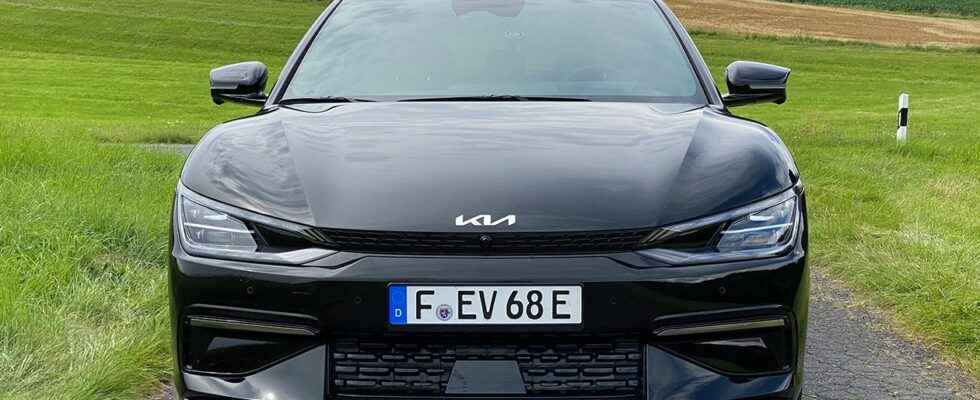An important decision criterion when buying an e-car is its charging speed. However, theory and practice can often differ significantly here, which makes it difficult for the consumer to compare different models. The P3 Group, a consulting company from Stuttgart, has therefore been publishing the so-called Charging Index for several years, which makes the charging performance of electric vehicles currently available on the market comparable. This year, Kia’s EV6 made it to first place.
The charging behavior of e-cars is measured in the charging window of 10 to 80 percent. For better comparability, charging is only carried out at charging stations from a single manufacturer. Only the vehicles Tesla Model Y and Tesla Model 3 were measured on a Tesla Supercharger V3. The reason for this is that the maximum charging capacity of the Tesla models is only accessed on Tesla superchargers. In the first step of the practical charging tests, the range is determined in 20 minutes. Based on this value, an index to the target value “300 kilometers” is then calculated. If a range of 300 kilometers is charged in 20 minutes, the index value is 1.0. In the case of the Kia EV6, a 1.03 was even awarded. Last year’s winner, Mercedes EQS, came in second with a value of 0.92 (corresponds to 275 km). They are followed by the BMW iX Xdrive50 with 0.91 (273 km), the Hyundai Ioniq 5 2WD with 0.91 (272) and the Porsche Taycan GTS with 0.90 (271 km). Incidentally, 183 kilometers were recharged, which corresponds to the second best result up to this point. However, the Porsche loses its early lead again, as the loading speed then significantly slows down compared to other models. The top five models belong to the middle or upper class, but P3 also tested cheaper models from the lower classes. In this environment, VW’s ID.3 (58 kWh) achieved the best result with 0.81. It is followed by Peugeot e-208 (0.72), Hyundai Kona 64 kWh (0.65), Fiat 500e (0.62), Mini Cooper SE (0.29) and Dacia Spring (0.20). (SPX)
source site-13
